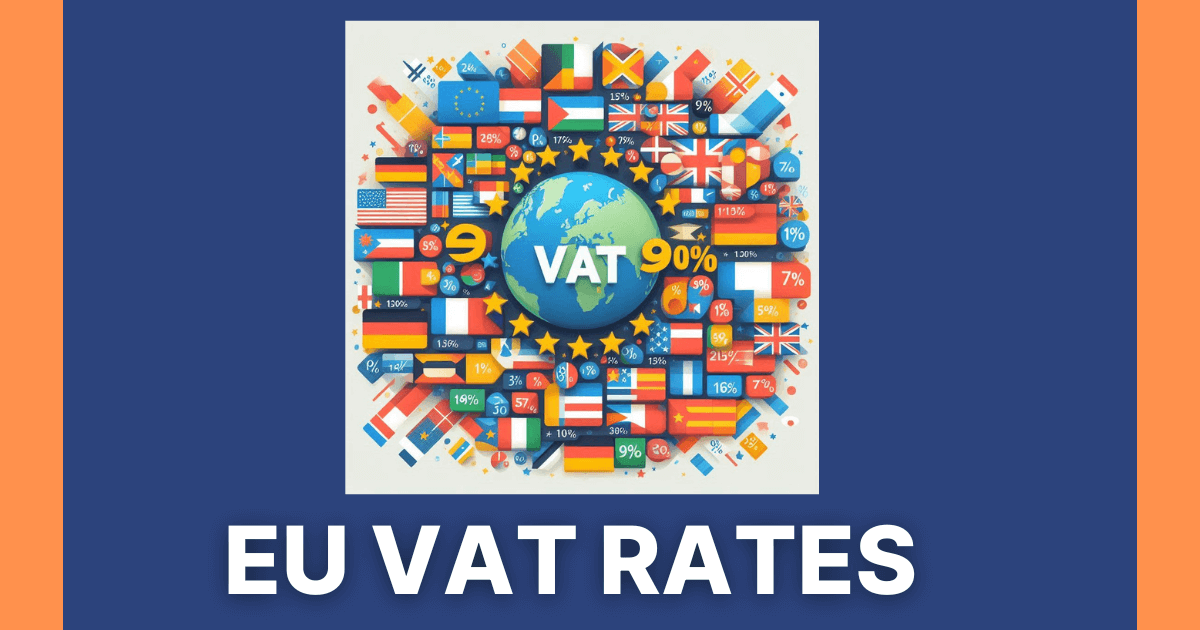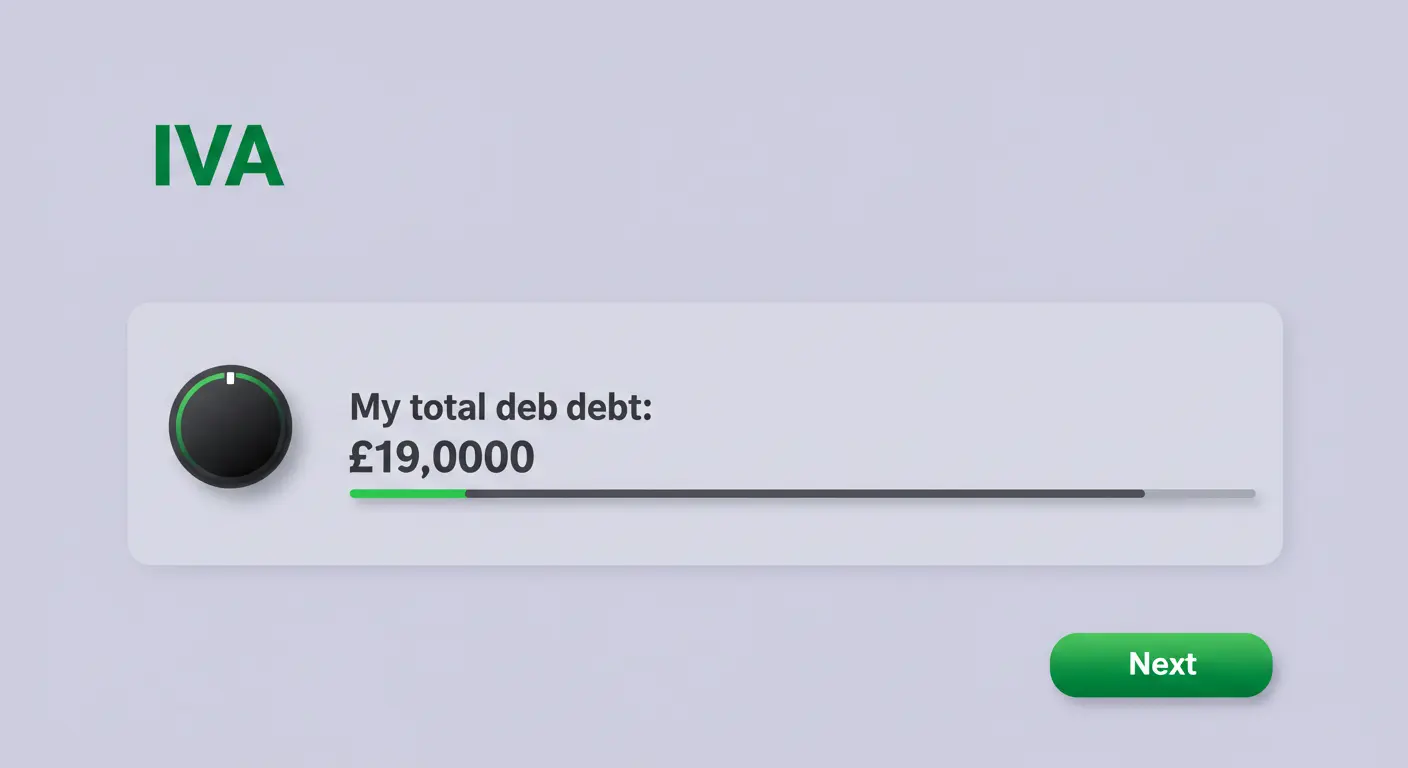What are the European (EU) VAT Rates
The European Union (EU) applies Value-Added Tax (VAT) across its member states. This tax is charged on goods and services at different rates depending on the country. VAT rates vary to reflect the economic policies and priorities of each nation while complying with EU guidelines.
The VAT rates in the EU include three primary categories: standard, reduced, and super-reduced rates. The standard rate is the default rate applied to most goods and services, typically ranging from 17% to 27%. For instance, Hungary has the highest standard VAT rate at 27%, while Luxembourg applies the lowest at 17%.
The reduced rates are designed for essential goods and services, such as food, medicine, and transport. These rates generally fall between 5% and 15%. For example, Germany has a reduced rate of 7%, while Ireland applies a 9% rate to certain services.
Which EU has the cheapest VAT?
VAT Rates in Switzerland
Switzerland applies a system of Value Added Tax (VAT) with distinct rates based on the type of goods or services. The standard VAT rate in Switzerland is 7.7%, which applies to most goods and services. A reduced rate of 2.5% is used for essential items such as food, non-alcoholic beverages, books, and medicines. A special rate of 3.7% applies to accommodation services. Certain services, including healthcare, education, and cultural events, are exempt from VAT.
| Category | VAT Rate | Examples |
|---|---|---|
| Standard Rate | 7.7% | Electronics, clothing, and luxury goods |
| Reduced Rate | 2.5% | Groceries, books, medicines |
| Special Rate | 3.7% | Hotel stays and lodging services |
| Exempt | 0% | Healthcare, education, cultural events |
Businesses must register for VAT if their annual revenue exceeds CHF 100,000. Non-resident companies providing services within Switzerland may also have VAT obligations.
VAT Rates in the Czech Republic
The Czech Republic has a standard VAT rate of 21%, which covers most goods and services. A reduced rate of 15% applies to selected items, including food, beverages (non-alcoholic), and healthcare-related products. An additional lower reduced rate of 10% is used for books, baby food, and certain pharmaceuticals. VAT exemptions cover education, healthcare, and financial services.
| Category | VAT Rate | Examples |
|---|---|---|
| Standard Rate | 21% | Electronics, furniture, luxury items |
| Reduced Rate | 15% | Food, non-alcoholic beverages, services |
| Lower Reduced Rate | 10% | Books, baby food, medical products |
| Exempt | 0% | Education, healthcare, financial services |
Businesses with an annual turnover exceeding CZK 2 million are required to register for VAT. The country follows the European Union VAT rules, which include regulations for cross-border transactions.
VAT Rate Change in Estonia
Estonia recently updated its VAT framework, effective January 2024. The standard VAT rate is now 22%, increased from the previous 20%. The reduced rate of 9% remains unchanged and applies to books, medicines, and accommodation. Exempt categories include education, healthcare, and financial services.
| Category | VAT Rate | Examples |
|---|---|---|
| Standard Rate | 22% | Electronics, clothing, automobiles |
| Reduced Rate | 9% | Books, prescription medicines, hotels |
| Exempt | 0% | Education, healthcare, financial services |
Businesses with taxable turnover exceeding €40,000 annually must register for VAT. Companies trading within the European Union need to follow the EU’s VAT directives for intra-community supplies.
Luxembourg VAT Rates
Luxembourg applies one of the lowest standard VAT rates in the European Union, set at 17%. A reduced rate of 8% applies to everyday essentials, while a super-reduced rate of 3% is available for books, food, and medical supplies. A 12% intermediate rate covers certain goods and services like wine and advertising.
| Category | VAT Rate | Examples |
|---|---|---|
| Standard Rate | 17% | Electronics, clothing, luxury goods |
| Reduced Rate | 8% | Food, non-alcoholic beverages, housing |
| Super-Reduced Rate | 3% | Books, medicines, newspapers |
| Intermediate Rate | 12% | Wine, advertising services |
| Exempt | 0% | Financial services, education |
Companies must register for VAT if their annual revenue exceeds €35,000. Luxembourg’s VAT structure is designed to support both local businesses and international trade.
VAT-Free Countries in Europe
Value Added Tax (VAT) is a common consumption tax applied across Europe, but a few territories and countries within the region are exempt. Understanding these exceptions can benefit businesses and travelers, helping them save costs or adjust their strategies. This guide highlights European locations where VAT does not apply.
Which Countries in Europe Are VAT-Free?
While most European countries implement VAT, some territories are VAT-free or apply specific exemptions. These include:
- Channel Islands (Jersey and Guernsey): The Channel Islands, located near France, are exempt from VAT. Goods and services traded here do not attract VAT charges, making them a favorable spot for certain types of commerce.
- Andorra: Nestled between France and Spain, Andorra has no VAT system. Instead, it operates under a general indirect tax (IGI), which functions differently and has lower rates.
- Monaco: Monaco, though closely aligned with France, benefits from VAT exemptions in specific cases, especially for local and smaller transactions.
- Vatican City: As an independent state, Vatican City does not apply VAT to goods and services within its borders.
Benefits of VAT-Free Countries
VAT-free regions attract businesses and individuals for various reasons. Companies save on the additional costs of VAT on supplies or exports, while travelers enjoy more affordable goods. These exemptions provide opportunities for competitive pricing and unique trade benefits.
Important Considerations
While operating or visiting VAT-free regions, it is essential to check the rules for importing or exporting goods. Some goods may be subject to taxes when leaving or entering a country with VAT. Understanding these regulations helps avoid unexpected fees or compliance issues.
By knowing VAT-free locations in Europe, businesses and travelers can plan efficiently, leveraging the benefits of lower or no tax charges. These territories offer unique opportunities, whether you are shopping, trading, or conducting business.
What Are the VAT Rules for the EU?
The European Union (EU) has specific rules governing Value Added Tax (VAT) to ensure uniformity across member states. VAT is a consumption tax applied to goods and services at each stage of production and distribution. Businesses operating in the EU must understand these rules to comply with tax regulations.
VAT Rates Across the World
VAT (Value Added Tax) is a consumption tax applied to goods and services at each stage of the supply chain. Countries implement VAT differently, resulting in varied rates and structures worldwide. Understanding these differences is crucial for businesses operating internationally.
European Union (EU)
In the European Union, VAT is a standard tax across all member states. However, each country sets its own standard and reduced rates. For example, Germany applies a standard rate of 19%, while Hungary imposes one of the highest rates at 27%. Reduced rates typically apply to essentials like food and books.
North America
The United States does not impose a federal VAT but uses a sales tax system. Canada, however, combines federal VAT (GST) with regional taxes. The standard rate of GST is 5%, though combined rates vary by province, reaching up to 15% in some regions.
Asia
VAT rates in Asia are diverse. Japan applies a standard VAT rate of 10%. China imposes VAT rates ranging from 6% to 13%, depending on the industry. India uses a Goods and Services Tax (GST) similar to VAT, with rates between 5% and 28%.
Middle East
In the Middle East, VAT is relatively new. The United Arab Emirates and Saudi Arabia implemented VAT at a standard rate of 5% in 2018. Bahrain follows the same structure. These rates are among the lowest globally, reflecting regional economic policies.
Africa
VAT in Africa varies widely. South Africa applies a standard rate of 15%, while Nigeria imposes a lower rate of 7.5%. Other countries, like Kenya, maintain a standard VAT rate of 16%.
South America
Brazil uses a complex VAT system, with rates varying by state and service. Standard rates range from 17% to 25%. Argentina applies a flat VAT rate of 21%, with reduced rates for essentials like food.
Oceania
Australia and New Zealand both have VAT systems, referred to as GST. Australia maintains a flat rate of 10%, while New Zealand applies a slightly higher rate of 15%.
Conclusion
VAT rates across EU countries is crucial for both businesses and consumers. These rates vary significantly between member states, impacting pricing, compliance, and financial planning. For businesses, accurate knowledge of these variations ensures adherence to tax regulations, preventing penalties and fostering smooth operations. Consumers benefit from understanding VAT rates when budgeting for purchases, especially when shopping across borders.
The European Union implements a standardized VAT framework, but individual countries determine their own standard, reduced, and zero rates. For instance, while Hungary enforces a standard VAT rate of 27%, Luxembourg applies a much lower rate of 17%. Such discrepancies make it essential to grasp the specifics of each country’s tax structure.
Businesses engaged in cross-border transactions often face additional challenges, including managing VAT refunds and navigating complex filing requirements. Whether you are dealing with the EU’s highest VAT rates or seeking guidance on securing VAT refunds for your transactions, this guide offers a detailed breakdown to simplify these processes.
















